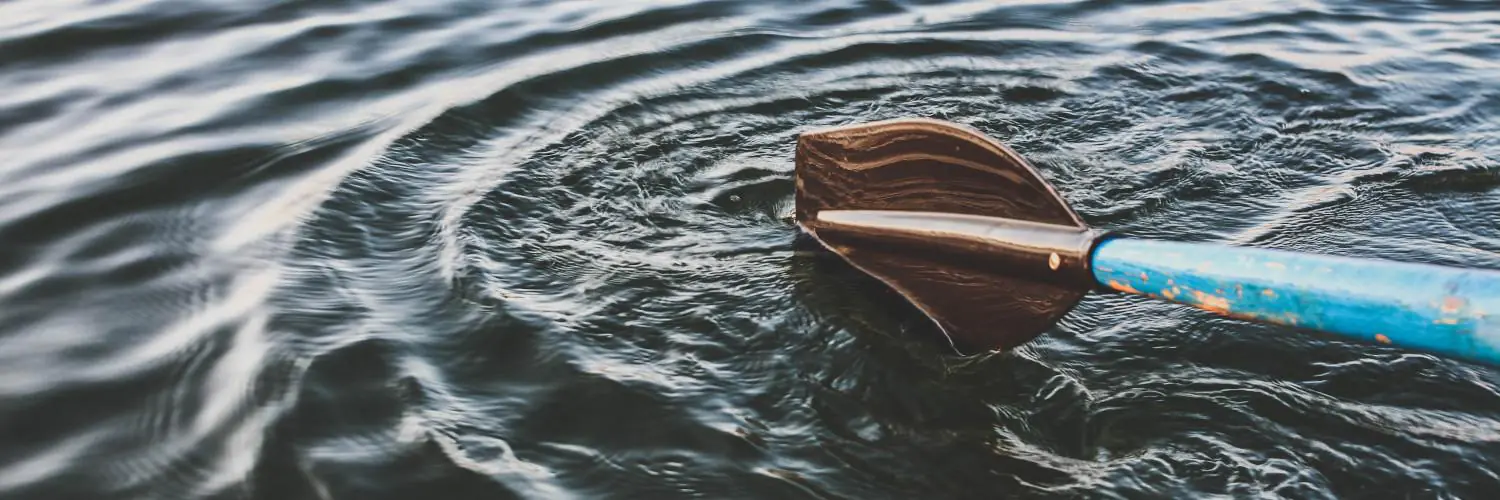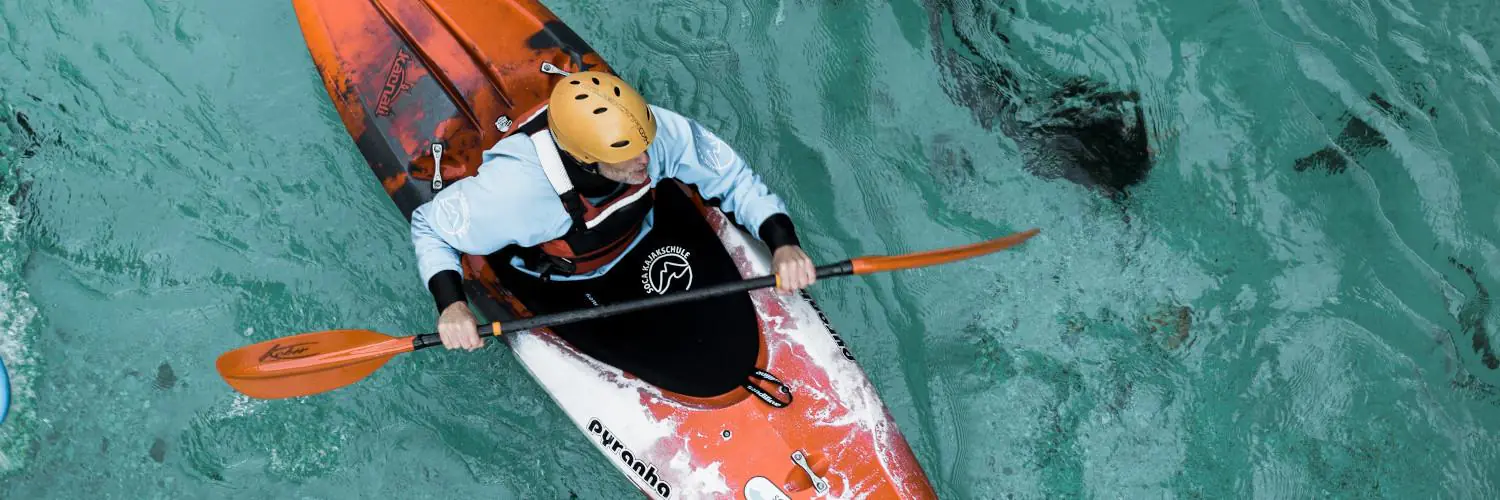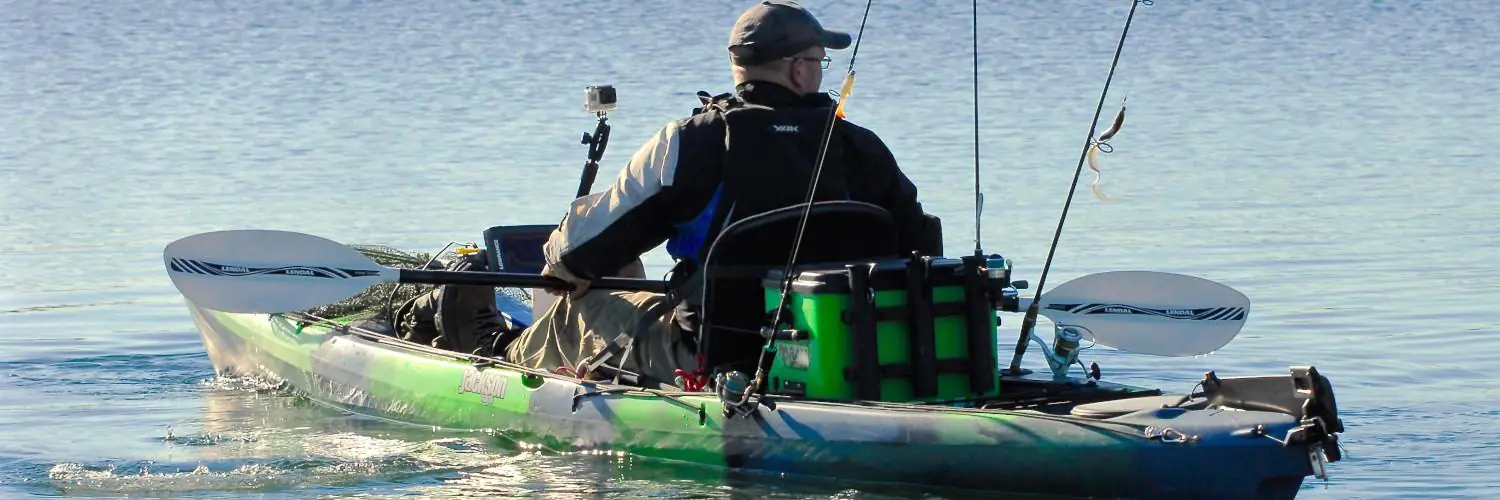Kayaking has evolved from its traditional paddle-only roots to incorporate various technologies, and the kayak fan boat is an intriguing development in this field. A kayak fan boat, essentially a kayak equipped with a fan propulsion system, provides a unique combination of the simplicity of kayaking with the enhanced mobility of a motorized craft. This innovation appeals to both recreational users who seek a leisurely experience on the water and to anglers requiring mobility without the physical demand of paddling, thus broadening the kayaking audience.
Designs for these fan-powered kayaks vary, but their common feature is a fan-based propulsion system that generates thrust, typically powered by batteries. The use of electric motors and fan systems in kayaks presents an eco-friendly alternative to gasoline-powered boats, reducing both noise pollution and the ecological footprint of boating on water systems. They offer a silent operation which is especially beneficial for fishing enthusiasts who rely on stealth to approach their targets undisturbed.
The kayak fan boat’s compatibility with various water conditions—ranging from calm lakes to flowing rivers—along with its ease of use, makes it an attractive option for adventurers and nature enthusiasts alike. Crafted to provide stability and durability, these kayaks often come designed with extra storage for gear, enhancing their functionality for longer trips and a variety of water-based activities.
Table of Contents
Design and Types of Kayak Fan Boats
Kayak fan boats embody a unique amalgamation of traditional kayak designs and the propulsion methods akin to a fan boat. They cater to enthusiasts seeking the maneuverability of kayaks with the added convenience of motorization.
Inflatable Kayaks Versus Traditional Kayaks
Inflatable kayaks present a portable and lightweight alternative to their traditional hard-shelled counterparts.
- Inflatable Kayaks: Usually constructed from PVC or Hypalon, these kayaks are prized for their easy storage and transport. They offer increased stability which makes them suitable for beginners.
- Traditional Kayaks: Built from wood, fiberglass, or plastic, traditional kayaks tend to be faster and more responsive than inflatable models. Their rigid structure provides enhanced performance for skilled kayakers.
However, when it comes to fan boats, incorporating a motorized fan presents challenges in design, making traditional kayaks usually more suitable due to their rigid structure which can better accommodate the mounting of a motor and fan assembly.
Kayaks with Built-in Motors
A motorized kayak, often seen as an angler’s choice, provides the capability to traverse larger distances or to navigate strong currents without the physical demand of paddling.
- Motor Features: Typically, these motors are electric trolling motors, but some may use gas. They are mounted on the stern or the bow, and they provide a hands-free operation which is particularly advantageous for anglers.
- Tandem Kayaks: Some motorized kayaks are designed for more than one person, often called tandem kayaks, providing shared space and power for fishing and exploration.
The fan mechanism of a kayak fan boat is distinct from standard motorized kayaks, requiring careful consideration of weight distribution and thrust for effective design.
Kayak Fan Boat Features and Performance
Kayak fan boats combine the sleek design of traditional kayaks with the power of fan-based propulsion, offering an advanced level of performance on water. These craft offer distinct advantages in terms of speed and stability, leveraging their innovative features for enhanced water travel.
Stability and Maneuverability
Kayak fan boats exhibit exceptional stability on water due to their design variations. Models like the Eddyline Caribbean 12 FS showcase an innovative Gullwing hull design that ensures a stable yet agile experience. The adjustable seats contribute to proper weight distribution and comfort, crucial for maintaining balance.
- Stability: Enhanced by the hull design and onboard space
- Maneuverability: Agile steering provided by advanced rudder systems
Speed and Motor Efficiency
The performance of kayak fan boats is significantly influenced by the efficiency of the motor and the design of the fan. The propulsion system generally includes a powerful motor that operates the large fan, propelling the boat at impressive speeds with minimal noise disruption. The boats provide an enjoyable experience by combining speed, quality, and eco-friendly aspects.
- Motor Quality: High-powered, efficient
- Speed: Optimized through the hull design and powerful fan propulsion
Fishing and Sport Use
The versatility of kayak fan boats lends itself admirably to both fishing and sport use. With specific design features, these boats cater to the angler’s needs for stability and storage, while also providing the agility required for recreational and sport kayaking.
Integrating Fishing Equipment
When outfitting a fishing kayak, an angler’s priority is the integration of fishing equipment. Rod holders are essential, allowing for hands-free trolling and quick access when a fish strikes. Modern fishing kayaks can be equipped with customized mounts for fish finders and GPS units, aiding anglers in locating fish. A stable platform is critical for casting and reeling in heavy catches, while ample storage is necessary for tackle, bait, and the day’s catch.
- Rod Holders: Flush-mounted, adjustable, or rail-mounted for versatility
- Fish Finders: Easily installed with transducer mounts and waterproof battery boxes
- Storage: Sealed hatches and tank wells with bungee cords
Sport and Recreational Kayaking
In the realm of sport and recreational kayaking, performance and maneuverability take precedence. A fishing kayak designed for sport use is typically lighter and narrower, promoting speed and agility on the water. They may not have as many fishing-specific features, focusing instead on a sleek design that cuts through water with minimal resistance. Recreational kayakers appreciate features like adjustable footrests and high-back seats for comfort during extended paddling sessions.
- Performance: Enhanced by a long, narrow hull for greater speed
- Maneuverability: Achieved with responsive rudder systems or skegs
- Comfort: High-back seats, adjustable footrests, and ample legroom for longer journeys
Storage Solutions and Adjustability
Storage and adjustability are crucial for kayak fan boats, providing both maximized storage capacity and tailored experiences for various users. Proper storage solutions ensure the deck remains clutter-free and secure, while adjustability allows the kayak to be customized for different paddler sizes and preferences.
Maximizing Storage Capacity
To maximize storage capacity, kayak fan boats should incorporate intelligent design features such as built-in storage pockets and under-deck compartments. These allow users to effectively utilize all available space without compromising the stability of the kayak.
- Storage Pockets: Small items can be kept close at hand in strategically placed storage pockets.
- Under-Deck Compartments: Utilize this area for larger gear, ensuring weight is evenly distributed and the deck remains clear.
Adapting Kayak for Different Users
Adjustability in a kayak fan boat is key for accommodating a broad range of users. The following features should be adjustable:
- Foot Pegs: Allow for changing leg lengths, enhancing comfort and control.
- Backrests: Should be adjustable for support and to accommodate paddlers of various torso heights.
- Seat Position: The ability to move the seat fore or aft can adjust the boat’s center of gravity, which is helpful when tailoring the kayak’s handling characteristics for different paddler sizes.
Safety, Maintenance, and Durability
Kayak fan boats require diligent attention to safety protocols and maintenance routines to ensure their durability and the well-being of their occupants.
Ensuring On-Water Safety
For kayak fan boat enthusiasts, safety is paramount. One must always wear a properly fitting Personal Flotation Device (PFD) and equip the kayak with a whistle for emergency signaling. Regular inspections for damage or wear are necessary, especially considering the mechanical components unique to fan boats. It’s recommended that kayakers carry additional safety gear such as a bilge pump and a first-aid kit.
Maintaining Kayak Fan Boats
Maintaining a kayak fan boat involves regular cleaning after each use and checking the mechanical fan system for debris or damage. Lubrication of moving parts is critical to prevent rust and ensure smooth operation. The kayak’s hull integrity should be inspected for any signs of wear that could compromise durability. One should also ensure that all electrical systems associated with the fan are functioning correctly and securely fastened to avoid water damage.
Conclusion
When comparing kayaks and fan boats (airboats), one observes distinct differences in design, usage, and environments they best operate in. Kayaks, with their slim profiles and human-powered propulsion, offer a quieter experience conducive to both recreational paddling and sport. They excel in rivers, lakes, and coastal waters, where their agility and low draft allow for easy navigation.
In contrast, fan boats are characterized by their large fans powered by aircraft or automotive engines mounted at the rear of a flat-bottomed hull. This design enables operation in shallow, vegetation-rich marshes and swamps where standard boats would struggle. With their elevated seating, they provide excellent visibility over the marshlands and are commonly used for both ecological tours and urgent response scenarios.
Fan boats feature a few key elements:
- A flat-bottomed hull design for stability in shallow waters.
- A rear-mounted large fan for propulsion.
- Rudder-based steering controlled by the driver.
Kayaks, on the other hand, often showcase:
- Narrow, streamlined shapes for efficient water travel.
- Paddles for propulsion which demand physical exertion from the user.
- Individual or tandem seating for recreational or sport activities.
Ultimately, the choice between a kayak and a fan boat depends on the intended use and the environment. While both serve to transport individuals across water, their engineering and operation are fundamentally tailored to different conditions and experiences. Users should consider these factors alongside practicalities such as maintenance, transport, and storage when deciding between these watercrafts.








